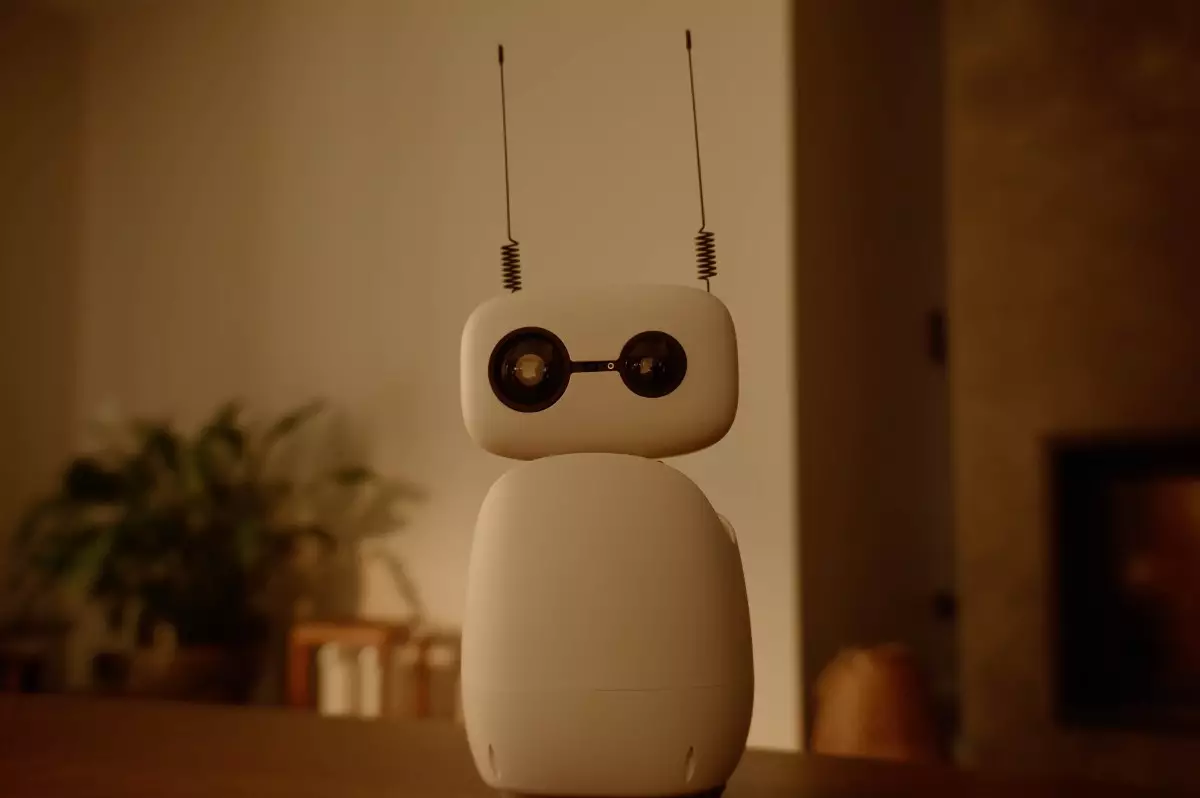In an industry historically dominated by proprietary systems and closed platforms, Hugging Face emerges as a breath of fresh air, signaling a strong shift toward open-source, community-driven robotics. Their latest initiative, the Reachy Mini, aims to democratize robotics development by providing affordable, customizable, and easily programmable desktop robots. This move is not just about releasing a new gadget; it’s about positioning itself as an advocate for transparency, flexibility, and grassroots innovation in AI-powered robotics. The release underscores a firm belief that the future of robotic technology hinges on accessibility, enabling a broader base of creators and developers to participate without the shackles of corporate gatekeeping.
Design Philosophy and Functional Flexibility
What sets the Reachy Mini apart from traditional robotics products is its open-source ethos coupled with a user-centric design. It’s roughly the size of a plush toy, featuring simple yet expressive interfaces—two screens for eyes and antennas—as a playful, approachable interface that invites curiosity. The modular kit format allows users to assemble and customize the robot, fostering hands-on learning and experimentation. Two versions cater to different needs: the wireless Reachy Mini, powered by a Raspberry 5 mini computer for a seamless, cord-free experience, and the more economical Lite version, which requires external computing but becomes more accessible at a lower price point. These distinctions demonstrate Hugging Face’s responsiveness to varied user requirements—whether for hobbyists, educators, or budding developers who want to tinker freely without heavy financial commitment.
Open Source and Community-Driven Development
The significance of the Reachy Mini extends beyond its hardware features; it embodies a philosophical stance emphasizing openness. Pre-installed demos serve as starting points for experimentation, but the real power lies in the ability for users to write custom code in Python—one of the most popular programming languages among AI developers. The integration with Hugging Face’s Hub, which grants access to over 1.7 million models and hundreds of thousands of datasets, provides a robust environment for spawning creative AI solutions directly embedded within the robot’s ecosystem. The open-source nature not only grants ownership and control but encourages a collaborative evolution—where users are both consumers and contributors. This cultural shift is vital; it leverages collective intelligence, accelerates innovation, and counters the risk of robotics development becoming an exclusive domain of few large corporations.
Driving Innovation Through User Feedback and Future Prospects
Hugging Face’s pivot to immediate shipping—eschewing extensive pre-orders—demonstrates an earnest desire to rapidly empower its community. CEO Clém Delangue explicitly emphasizes gathering feedback from real-world users to refine and adapt the Reachy Mini. This philosophy of continuous iteration rooted in community input is instrumental in shaping a more inclusive robotics landscape. As users build their own applications, modify the robot’s capabilities, and share their innovations, a vibrant ecosystem naturally emerges. There’s immense potential for educational applications, personalized home assistants, or innovative AI experiments that could become widely accessible due to this open approach. The company’s clear focus on quick deployment reinforces its commitment to making robotics more tangible and less theoretical.
The Broader Impact: A Future of Open-Source Robotics
Hugging Face’s advocacy for openness is more than a strategic choice; it’s a moral stance against the monopolization of robotic and AI technologies. Delangue warns against a future where a handful of companies control the “black box” of robots in our homes and workplaces, stripping consumers of understanding and agency. Instead, offering a trustworthy, modifiable, and transparent platform primes a paradigm where users become co-creators—shaping the evolution of robots to fit personalized needs. The Reachy Mini, in this context, becomes a symbol of empowerment, inviting everyone from dedicated hobbyists to seasoned developers to participate in a collective quest for smarter, more adaptable, and ethical robotics.
The release of the Reachy Mini signifies more than just new hardware; it’s a bold statement about the future direction of robotics—one rooted in openness, community collaboration, and unrestrained innovation. If Hugging Face’s vision takes hold, we might see a renaissance in accessible, ethical AI robotics, driven by the very people who will use and improve these machines daily.

